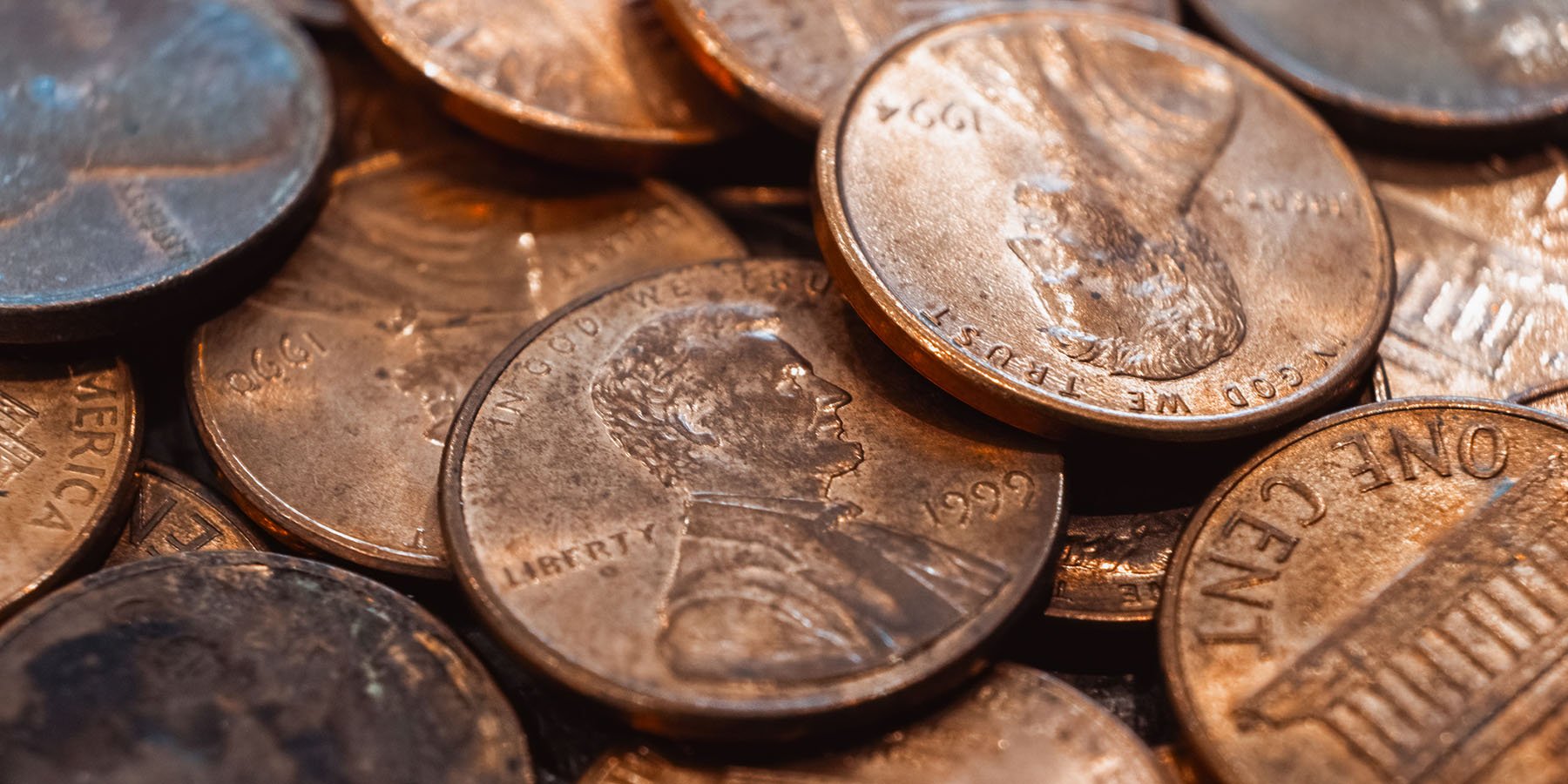Following over two centuries of circulation, the American penny is slated for discontinuation, concluding a 238-year period in the country’s financial narrative. The last coin is scheduled for production today at the US Mint in Philadelphia, signifying the conclusion of an epoch.
The last minting and the rationale behind its discontinuation
The final penny will be manufactured under the guidance of Treasury Secretary Scott Bessent and Treasurer Brandon Beach, in accordance with President Donald Trump’s earlier directive this year to cease its creation. This choice is driven by the escalating production cost of the coin—approaching four cents per unit—rendering its creation more costly than its intrinsic worth. Once a ubiquitous element of daily transactions, utilized for minor acquisitions such as gumballs, parking meters, or road tolls, the penny has progressively diminished in importance, frequently ending up in coin jars, desk drawers, or “leave a penny/take a penny” dishes.
The one-cent coin outlasted the half-penny by more than a century and a half, leaving only larger denominations such as the nickel, dime, quarter, and the seldom-used half-dollar and dollar coins in active circulation. Despite the cessation of its production, the penny will remain legal tender, allowing it to retain a place in commerce if people still wish to use it.
Obstacles after the penny’s removal
Despite its expected discontinuation, this change has already presented difficulties for both vendors and shoppers. Numerous businesses are now compelled to adjust cash payments to the closest five-cent increment, frequently increasing the total by one or two cents. Other establishments are prompting patrons to provide one-cent coins to facilitate transactions. Nevertheless, in some jurisdictions, adjusting prices in this manner could lead to legal complications, rendering the transition more intricate than initially foreseen.
Ironically, although eliminating the penny might lead to financial savings, the potential necessity of manufacturing a greater quantity of nickels—which are more expensive to produce than pennies—could negate these benefits. Both businesses and governmental bodies are currently navigating a period of instability. Mark Weller, who serves as the executive director of Americans for Common Cents, states, “By the time we reach Christmas, the problems will be more pronounced with retailers not having pennies.” Weller highlights that nations such as Canada, Australia, and Switzerland implemented well-defined strategies when removing low-value coinage, whereas the United States has merely issued a concise declaration, leaving much of the practical adjustments to be handled by enterprises themselves.
Rounding practices and their implications
Different companies are exploring various rounding methods. Kwik Trip, a chain of convenience stores located in the Midwest, has opted to round down cash transactions when pennies are not available, to prevent customers from being overcharged. This method, however, incurs a financial burden. Given millions of cash transactions annually, the chain projects that this rounding policy could result in losses of several million dollars per year.
On a larger scale, the Federal Reserve Bank of Richmond projects that rounding financial exchanges to the nearest five cents could impose an annual burden of approximately $6 million on American consumers—equating to roughly five cents per household. Although this amount is relatively small, universal implementation of rounding across the nation is not feasible due to varied state laws. Jurisdictions including Delaware, Connecticut, Michigan, and Oregon, alongside municipalities like New York, Philadelphia, and Washington, D.C., mandate exact change for specific types of transactions. Furthermore, federal initiatives such as SNAP necessitate precise pricing to guarantee equitable treatment for recipients utilizing debit cards. Businesses that round down cash transactions in these situations might encounter legal repercussions or fines.
Industry groups, including the National Association of Convenience Stores (NACS), have urged Congress to enact legislation that clarifies and facilitates rounding practices. Jeff Lenard, a NACS spokesperson, emphasized, “We desperately need legislation that allows rounding so retailers can make change for these customers.” Until such policies are implemented, the retirement of the penny introduces operational and legal uncertainty for many businesses.
A coin with a storied history
The penny boasts a storied past, initially produced in 1787, predating the United States Mint’s creation by six years. Benjamin Franklin is largely recognized for conceptualizing the Fugio cent, the country’s inaugural penny. Its present appearance, showcasing Abraham Lincoln, was introduced in 1909 to mark the hundredth anniversary of Lincoln’s birth, making it the first American coin to feature a president.
Over time, however, the penny has seen a steady decline in practical use and cultural significance. The Treasury Department estimates that approximately 114 billion pennies remain in circulation, yet many are underutilized, tucked away in jars or collected as keepsakes rather than used in transactions. Public reaction to the coin’s discontinuation has been muted, reflecting its diminished role in everyday commerce.
Despite its diminishing practical use, the one-cent coin holds a special place in the hearts of many Americans. Joe Ditler, a 74-year-old author residing in Colorado, reminisces about his childhood, when he would use pennies for arcade games or flatten them on train tracks. Currently, he mostly uses them infrequently for cash purchases or contributes them to tip jars. He muses, “They evoke memories that have remained with me throughout my entire life. The penny has enjoyed a remarkable existence. However, it’s likely time for its discontinuation.”
Heritage and societal influence
The retirement of the penny marks more than just the end of a physical coin—it represents a shift in how Americans interact with money. What was once a practical tool for small purchases has become largely symbolic, embedded in family traditions, historical memory, and American culture. Collectors and enthusiasts are likely to preserve the final minted coins, ensuring that the penny’s legacy endures in some form, even as it exits everyday circulation.
While challenges remain for businesses and consumers adapting to its absence, the phase-out is also a reflection of broader economic realities. Rising production costs, changing consumer habits, and the prevalence of digital payments have collectively diminished the necessity of the one-cent coin. As society transitions toward a more digital and rounded approach to cash transactions, the penny’s symbolic role may outlive its practical utility.
The American penny’s departure closes a remarkable chapter in the nation’s monetary history. Its 238-year journey, from Benjamin Franklin’s Fugio cent to the familiar Lincoln penny, highlights both the evolution of U.S. currency and the changing ways Americans interact with money. While its practical use may end, the memory of the penny—its cultural and historical significance—will remain a lasting testament to a bygone era.



